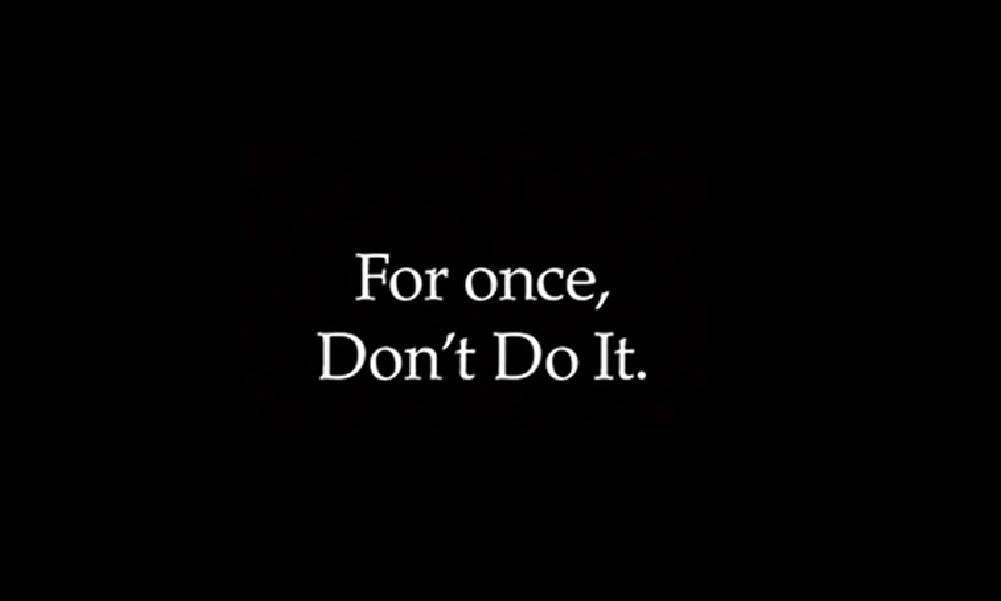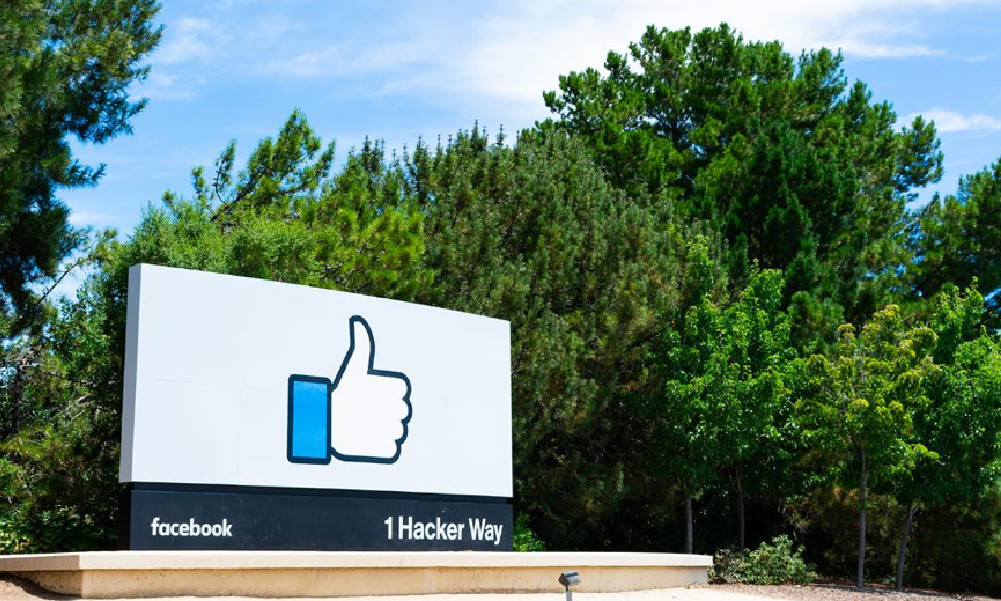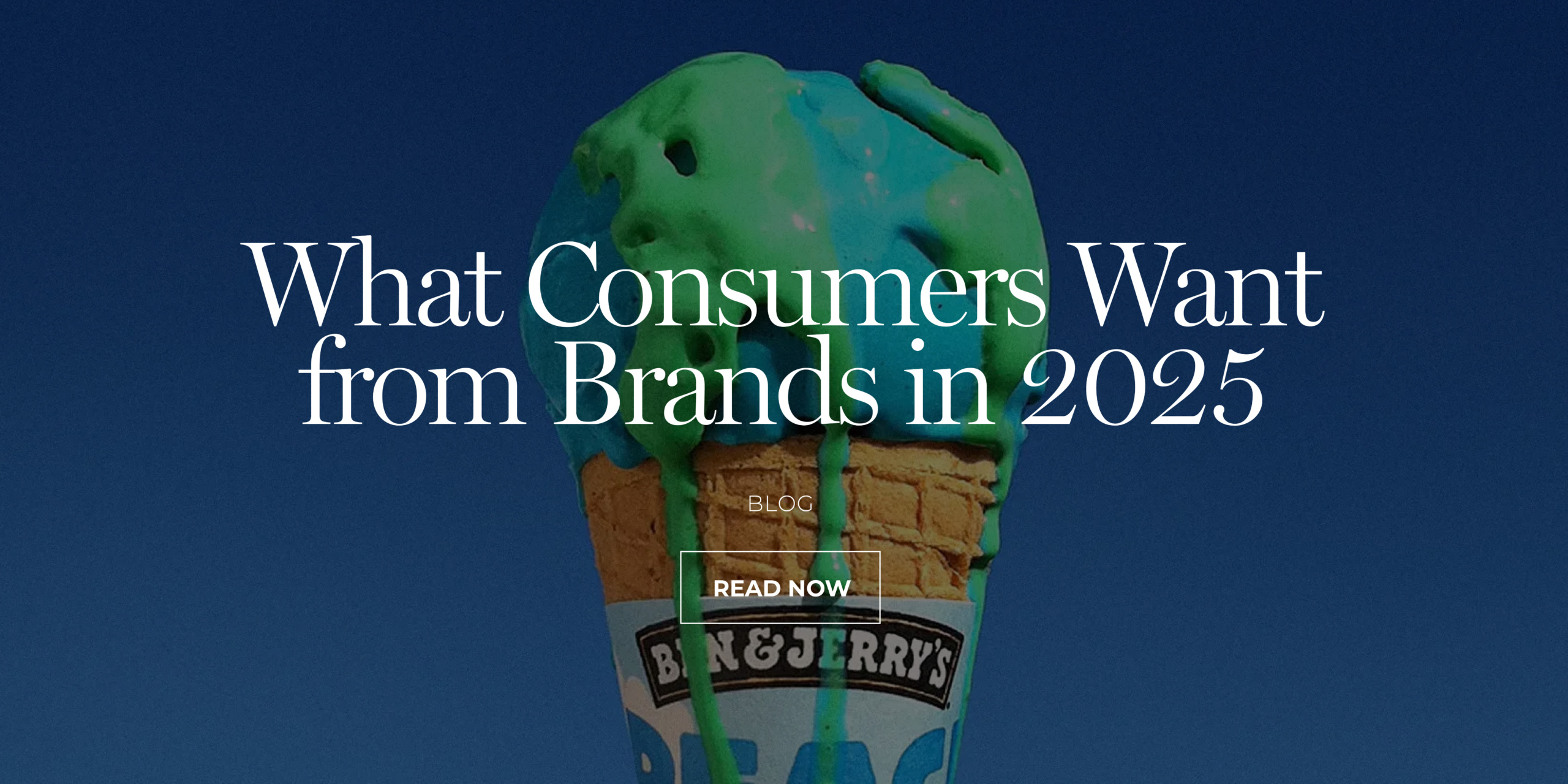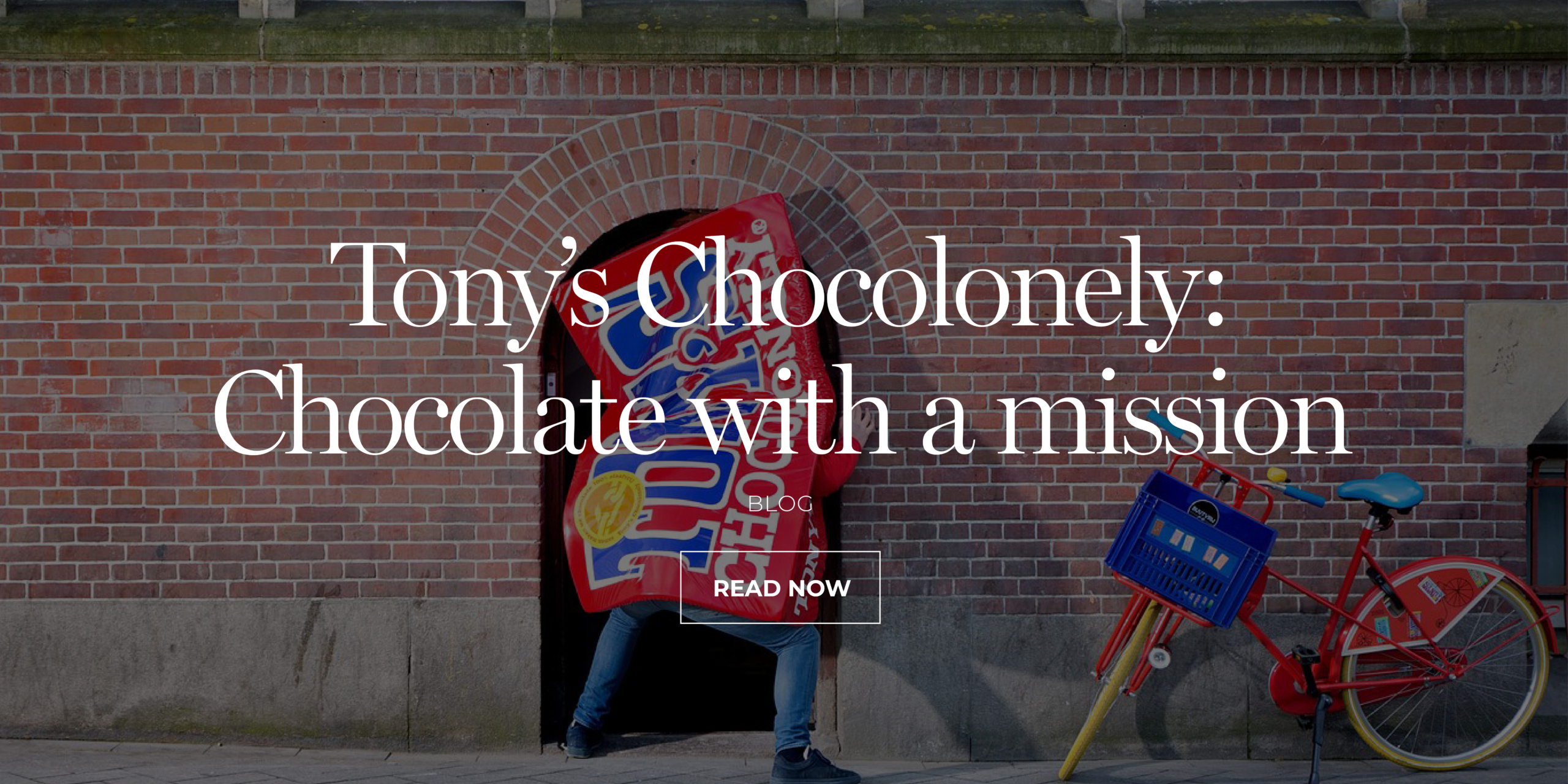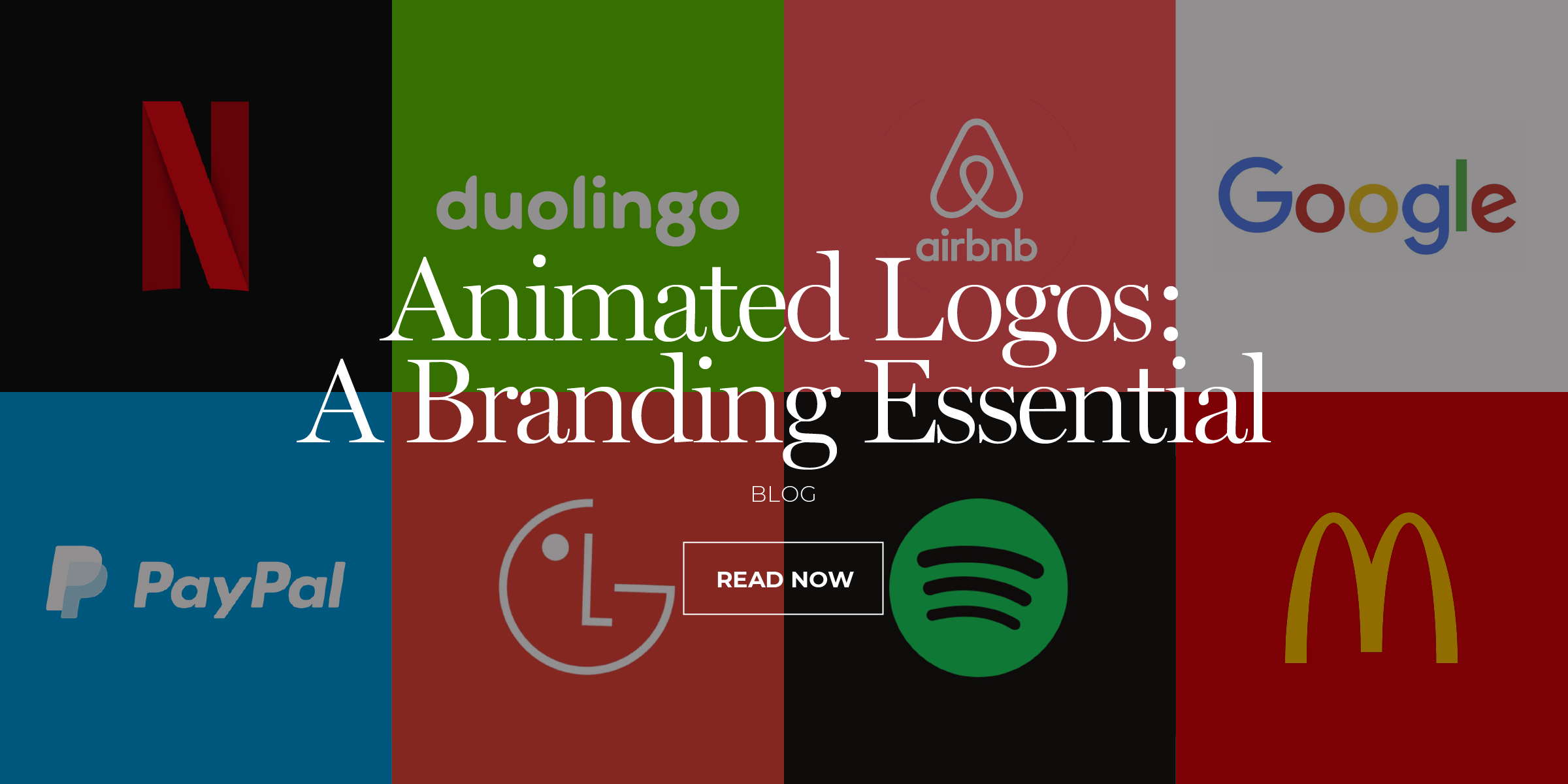THE IMPORTANCE OF BRAND PURPOSE
Brand purpose is one of the most debated topics in brand management; specifically, its over importance as part of a brand strategy or the overblown claims made by brands defining their purpose in meaningful ways to their consumer. A brand’s reason for existing beyond profit and shareholder returns can provide a compelling reason for staff and customers to align with it.
In 2021 and indeed, in a post-COVID world, brands need to articulate their brand purpose tangibly and manifest that through their brand experience will become incredibly important. With how consumers interact with brands altered in 2020, whether it be switching from physical interaction to purely online or via voice instead of in-store, brands will need to ensure their essence is clear, their employees understand it. They can act on it, and most importantly, it’s clear to consumers that the brand purpose is creating positive change.
TOURISM IN YOUR BACKYARD
International tourism injected $30 billion into the Australian economy last year. Now, with international borders seemingly shut for the indefinite future, people will seek adventures in their own back yards, and destination brands are realigning their marketing efforts to capture the domestic market.
With 11 million Australians on average going overseas each year, it’s a massive audience for regional and city brands to lure to their pubs, beaches and parks. Therefore, in 2021, it will be imperative for tourism brands and destination brands to create a compelling story – a reason to visit, a reason to spend money there and perhaps even a reason to relocate there.
With regional property markets surging, the city’s appeal is wearing thin for some suffering from post-COVID lockdown fatigue. Could this be an opportunity for Regional Australia to carve out its own niche? Can regional cities compellingly articulate their uniqueness to draw out city dwellers to spend more than one night visiting?
KINDER OPTIONS
Before the pandemic, environmental causes remained top of mind for conscious consumes – things like plastic, sustainable supply chains and ethical employment practices. However, during the pandemic, this has shifted to more urgent and immediate social causes – Black Lives Matter as a prime example.
In 2021, brands with a strong sense of social responsibility will be seen as more desirable for consumers. 88.9% of consumers say they prefer brands that offer tangible support to their employees during COVID shutdowns. Environment issues remain the number one cause for concern though – with 69% of professionals expecting consumers to be more concerned about sustainability than they were before COVID-19.
The pace at which brands need to act in 2021 will be like never before. Sustainability initiatives that traditionally might have taken years to implement will now need to be done in months to demonstrate to consumers that immediate and tangible change is being made. With COVID-19 also driving up usage across all social media channels, the brands that do it right and resonate with consumers will be rewarded with advocacy and virality. Those that don’t will be named and shamed.
RETAIL REDEFINED
With brick and mortar stores physically shut for months, consumers took no time to change their purchasing behaviour. Australia Post recorded its biggest ever Christmas postal season with an unprecedented 42% uplift in parcels from the previous year.
As physical stores re-open, retail brands will need to work harder to create a reason to visit. Whether it’s through signature brand experience (IKEA recorded record level lines around the blocks when they reopened their stores) or new business models such as UberEats partnering with service stations to deliver snacks and grocery items. All of this points to the need to think fast and rethink customer journeys to meet changing consumer behaviour.
This all shows how important an omnichannel experience is now for brands. In 2021, with so many no-code and off the shelf eCommerce solutions out there, it’s never been easier for brands to shift to selling online. And with Amazon offering distribution plug-ins for those without the ability to ship their own products, and Facebook and Instagram offering shoppable ads within stories now, a small start-up in 2021 can keep up with the big players at scale.
DIVERSIFICATION OF TALENT
Offices’ role in the industrial age was clear – people went to the office because they lacked the machinery to do it at home. Think typewriters, state of the art computers etc. Now, work is valued on outputs and productivity, not where it is done. Brands seeking the very best talent in their fields embrace the remote-first mentality, casting their employment net not only within their country but globally.
With offices lying empty for the most part in 2020, organisations are set to recalibrate the workplace function in 2021. What were rows and rows of cubicles are now flexible meeting spaces – allowing socially distanced collaboration and more seamless use of technology to connect with colleagues no matter where they are.
Hybrid working models are deemed the norm in 2021, with most white-collar workers preferring a mix of working from home and in-office collaboration. The brands that don’t respond to this risk losing their best talent to those with flexible mindsets.
NEED HELP?
2020 brought confusion and rapid change for many brands. With a brighter outlook for 2021, economic stability and a renewed sense of optimism from consumers, there are many ways brands can help navigate a course to a year of growth. For an in-depth discussion relating to any of these trends or how Davidson can help navigate a path into a profitable 2021, we’d like to offer you a complimentary strategy call with our Director of Strategy, Ash Pegram.


